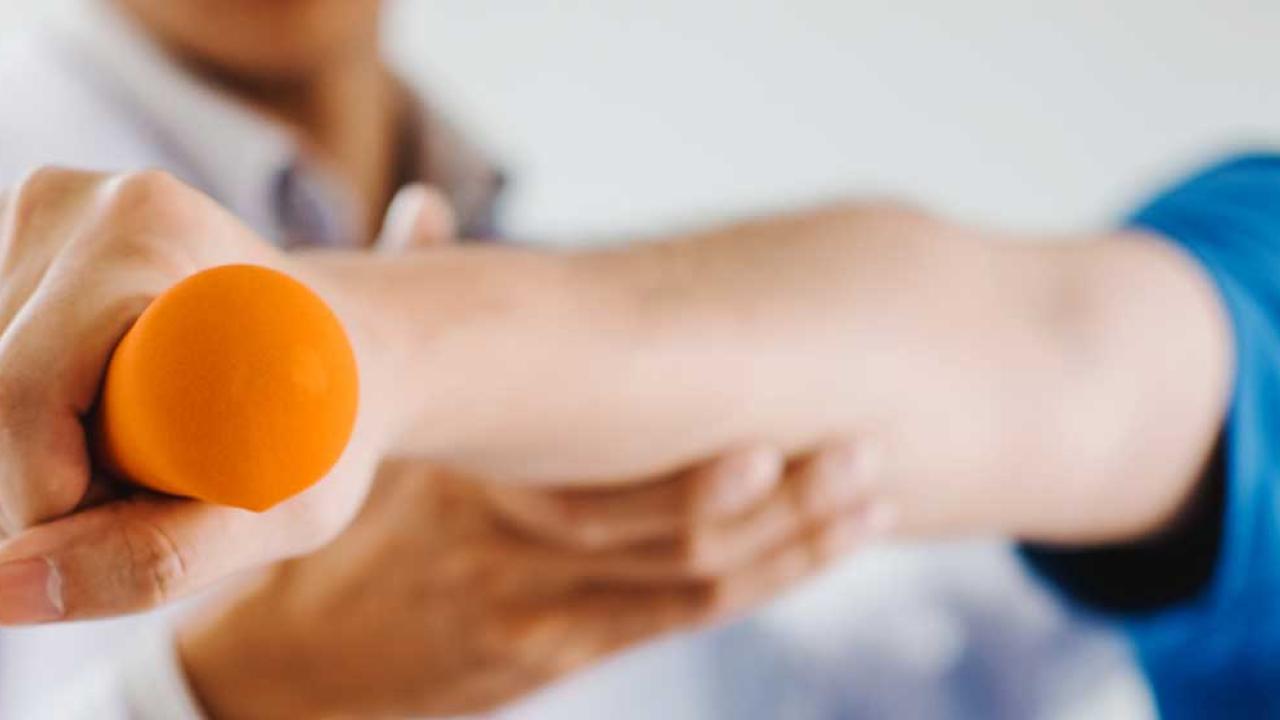Different study. Method below. My point is that, like all things, technology has progressed since Rick Derby's misadventures in the 1990's... and, FWIW, IDET got screwed by bad luck. That treatment really worked...in properly selected patients...
View attachment 269421
Technology?
PRP is still platelet rich plasma obtained from humans, right? And it is still injected into facet joints, knees, medial and lateral epicondyles, and lumbar discs, right?
I heard the same arguments when IDET didn't work-
a. you are doing it incorrectly
b. your patient selection is wrong
c. 20 % improvement is something
Let's face it- unless humans have changed significantly in the last 25 years, PRP then is the same PRP now. Additionally, the PRP was placed in the same areas used today. Result- below 50% improvement in "selected" patients, thus everyone stopped doing it.
Granted, Derby injected some weird things in some odd places with marginal evidence to support treatments......................................... but he also did some very legitimate treatments and was no fool. PRP was considered in the same vein as the other "snake oils" being advocated, but was at least tried................. and failed. It was about the same time we learned that using a bunch of botox in the cervical paraspinous muscles made people worse, not better, but actually helped some people with headaches. This "mistake" convinced everyone (that boondoggle was advocated by Ferrante, who is also a smart guy) that strengthening the extensor muscles, rather than weakening them, was the right course of action, thus that focus in PT today for cervical spondylosis.
Now what exactly what compounds do you think is in PRP that results in long term pain relief or "regeneration" that those areas would not receive by their normal blood supply? Which ones? What about the effect of just plain old plasma? What is it about platelets in particular that is so appealing? Why not just create trauma in that area, induce bleeding, and then let their own blood do the trick?
Why is bruising then not therapeutic? There is extravasation of blood (and plenty of plasma with platelets) into such an area and one would then presume this would be therapeutic. Why not just traumatize the area and let the patient's own blood supply the "platelet rich plasma"? I've done some cervical medial branch blocks which has resulted in bruising on the patient's neck- why were they not better as a result of that?
When you operate on someone, you stir up plenty of bleeding, for which you obtain hemostasis before closing. Why are not those patients all better in those areas? They were, after all, treated with "plasma" (their own blood), but it doesn't seem to help them. Why don't people who sustain intra-abdominal bleeding (say from a bleeding artery) not feel just dandy from all that plasma they received?
Why, when do epidural blood patches for dural punctures, does the patient not report improvement of their axial, spondylitic pain? There is a bunch of platelets in that 15-20ccs (I mean, a whole bunch)- why doesn't that fix their back pain?
If a little of something is "good", how do we know that a lot more is better? How many platelets is enough?
Why not, if you believe that PRP is effective, try to isolate which (of the hundreds of compounds) is performing the "magic" of PRP? Is there any "magic" at all?



